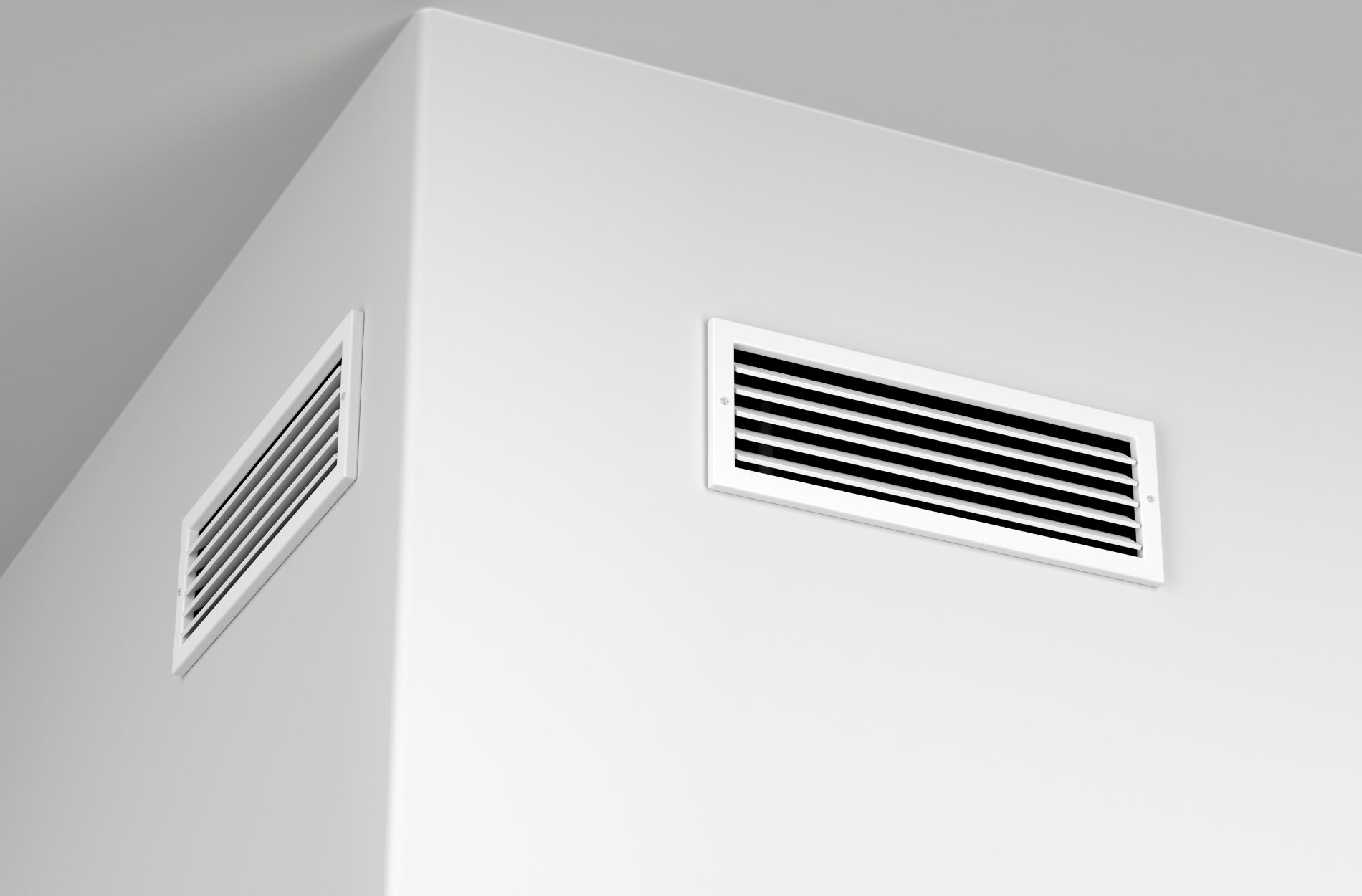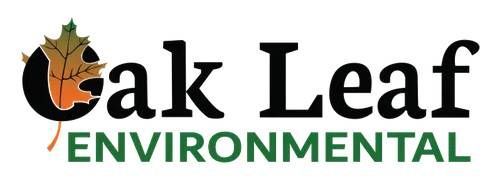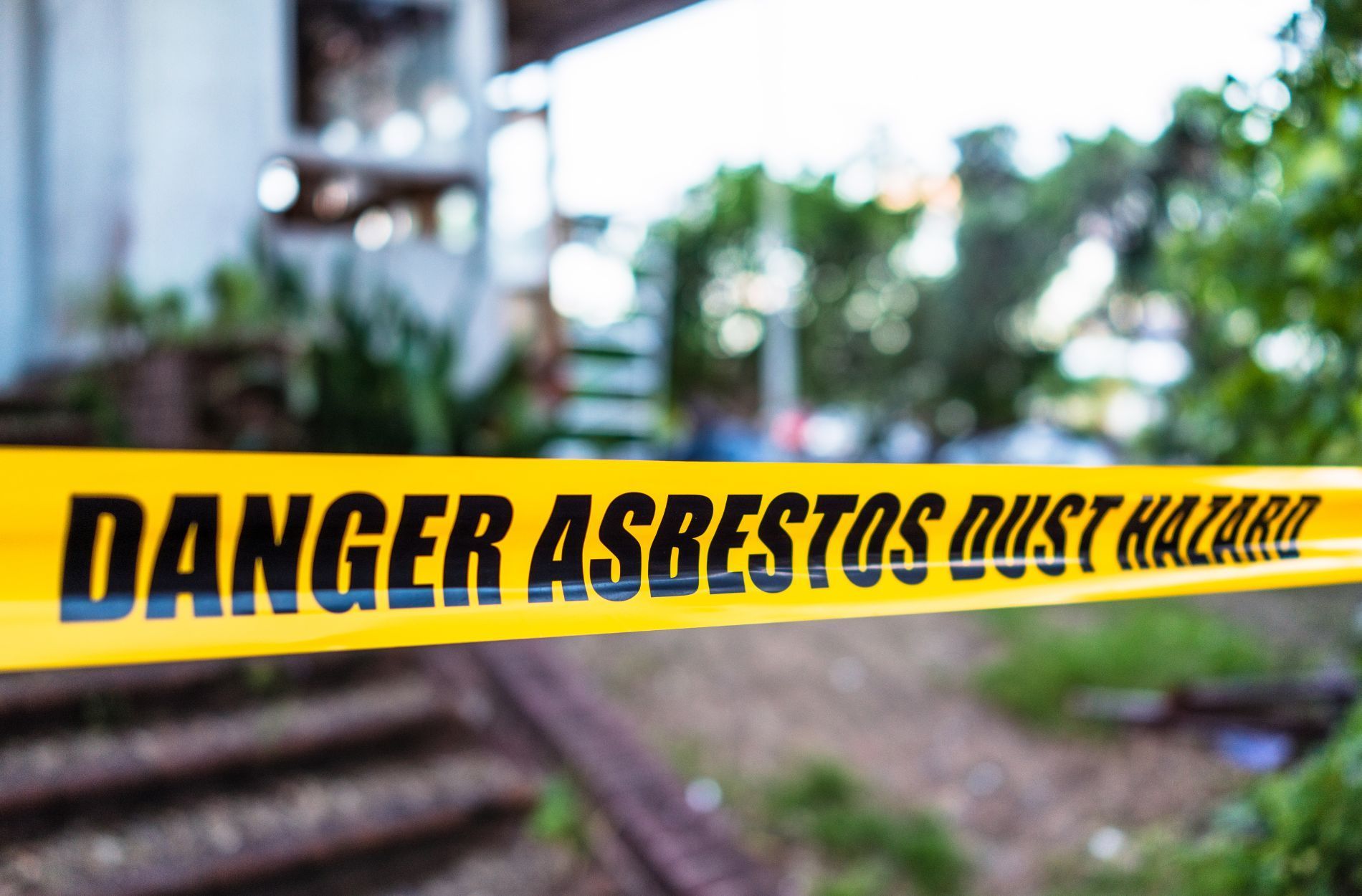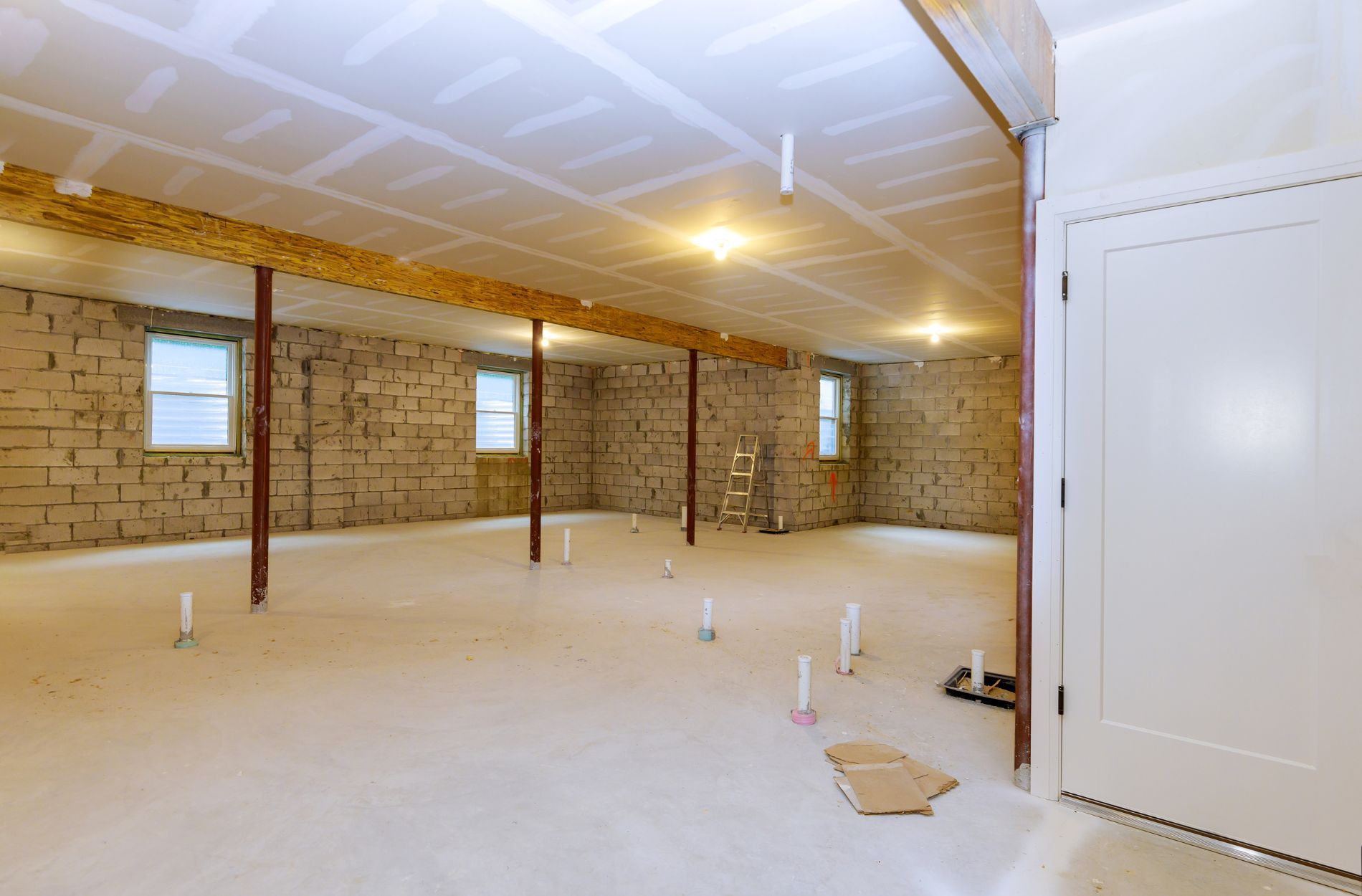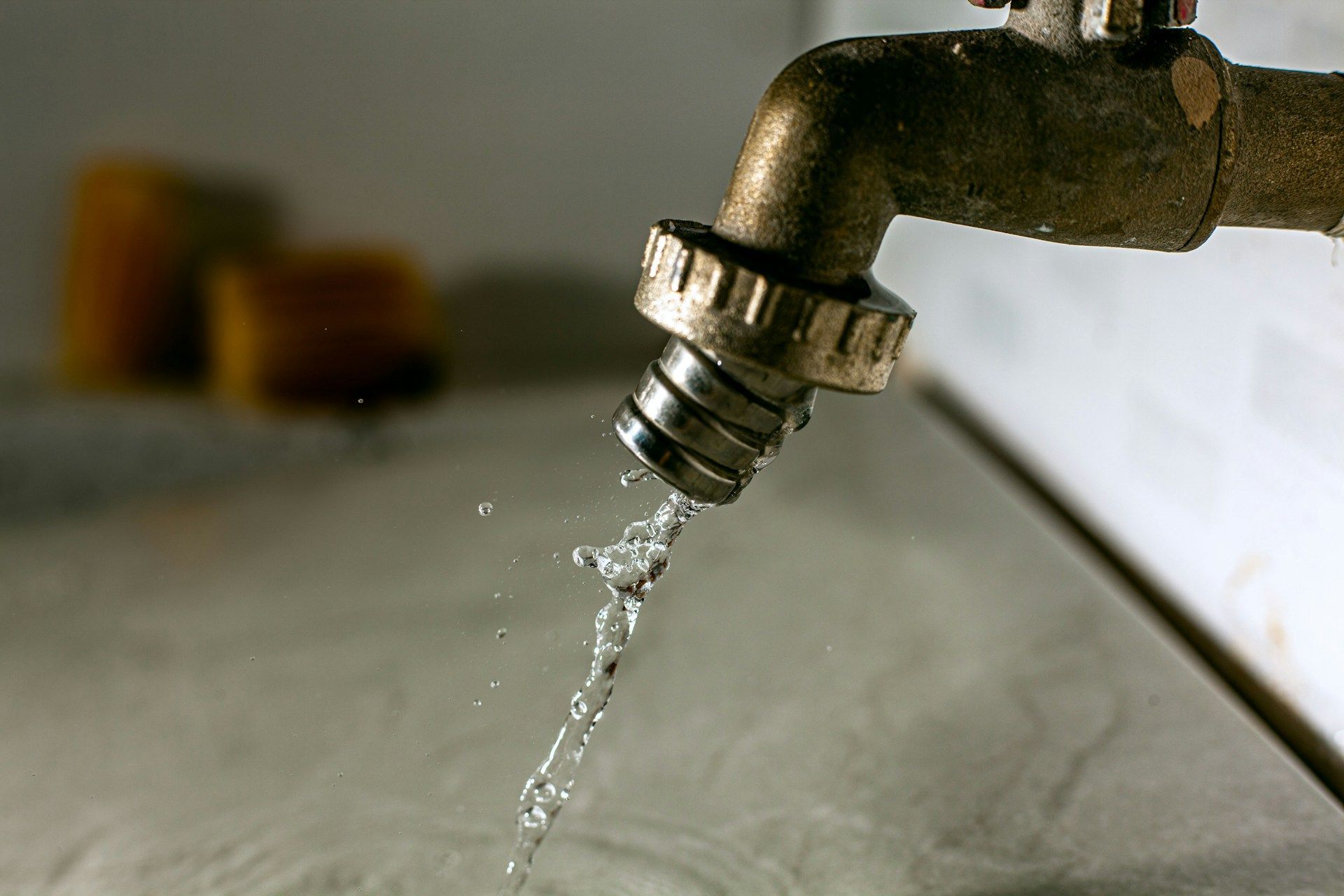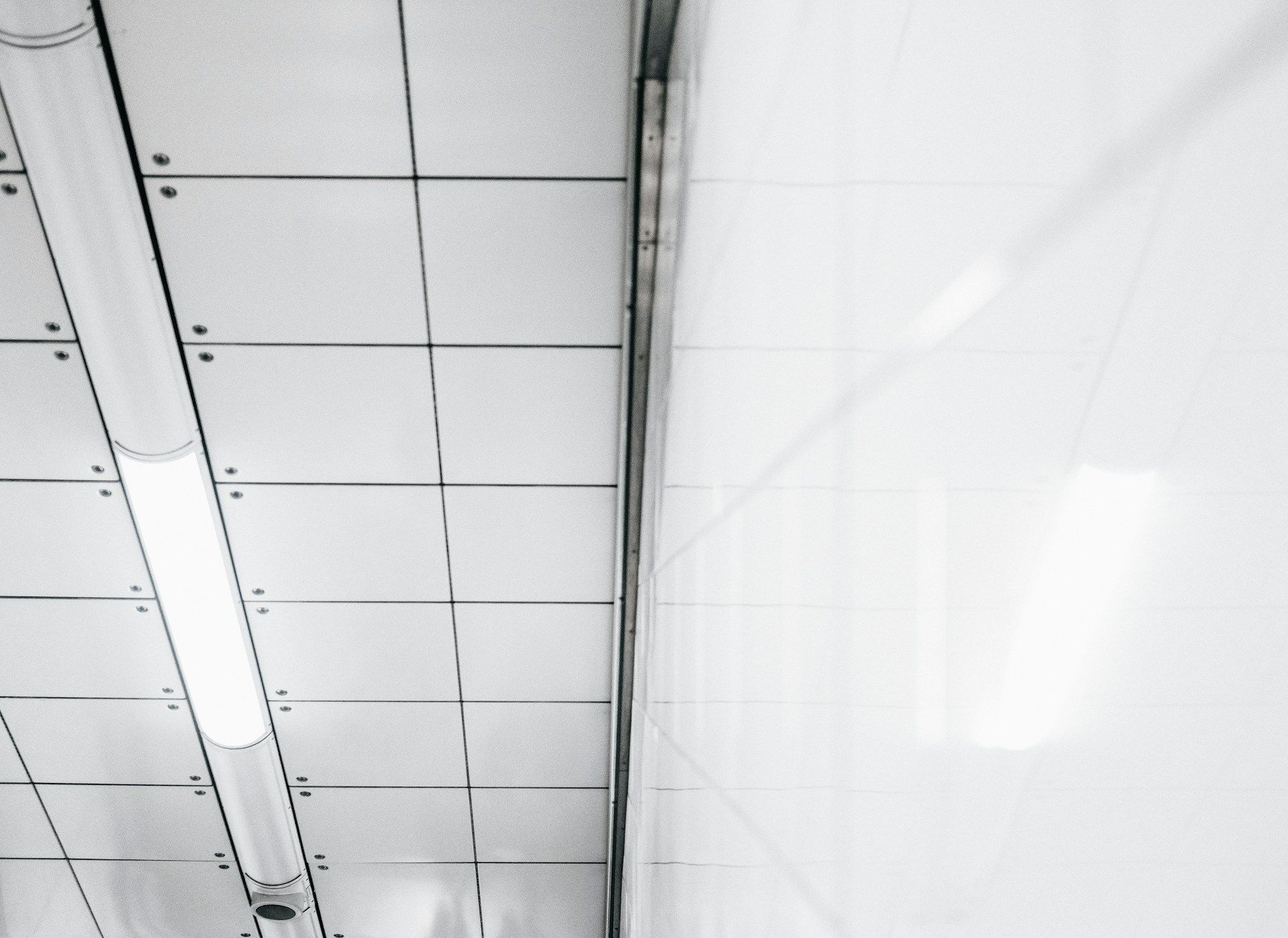Property Development: Environmental Testing Requirements
When starting any property development project, there's a lot more to think about than just the layout of the building or the look of the landscaping. One of the biggest steps, though often overlooked, is making sure the land itself doesn’t pose any hidden risks. Before any digging, building, or remodeling begins, environmental testing can help protect both the people involved and the long-term value of the property. Skipping this step can lead to expensive delays, safety concerns, and legal issues down the road.
Whether it's for a strip mall, neighborhood housing project, or a private office space, making informed choices from the start is key. Environmental site assessments play an important role in that process. These assessments help spot potential contamination or hazards that could interfere with development. If you're new to property development or managing a project from the ground up, understanding these requirements helps take the guesswork out of the process.
Understanding Environmental Site Assessments
Environmental site assessments are the first step in understanding whether a property is safe to develop. These assessments look at the current and past use of the land to determine if there could be possible pollutants or contaminants that would make the site unsafe for construction, renovation, or even resale.
There are two main types of assessments:
1. Phase I Environmental Site Assessment
This is a historical review and a visual inspection of the site. Professionals go through old records, photographs, maps, and details about past ownership or usage of the property. For instance, if the land used to house a gas station or a manufacturing facility, there’s a higher chance contaminants may be present. This phase doesn’t include physical testing like collecting samples but helps determine whether more investigation is needed.
2. Phase II Environmental Site Assessment
If Phase I uncovers concerns, Phase II takes a deeper look. This phase involves collecting and analyzing samples of soil, water, or materials from the property. The goal here is to confirm the presence or absence of hazardous materials. If anything harmful is found, this assessment also helps define the level of cleanup needed before development can begin safely.
These two assessments form the foundation of good development planning. It’s like checking for cracks before pouring concrete. If problems go unnoticed early on, they can lead to bigger, more expensive issues later. Getting ahead of them with the right assessments can save a lot of time, money, and worry down the line.
Key Environmental Testing Requirements
In addition to general environmental site assessments, there are specific environmental tests that may be required depending on the site’s location, former use, or the intended project. These individual tests help identify particular risks that could pose a hazard to workers, future occupants, or the surrounding community.
Here are some of the most common environmental testing requirements:
- Mold testing
Mold can impact both building materials and air quality. It often hides inside walls, ceilings, or crawlspaces and spreads fast. Mold testing is especially important in areas with past water damage or high humidity levels. Identifying mold early can help avoid health risks and building damage.
- Asbestos testing
Asbestos used to be a common material in construction, especially in older buildings. It can be found in insulation, flooring, ceiling tiles, and other materials. When disturbed during demolition or remodeling, asbestos fibers can become airborne and dangerous. Testing ensures anything containing asbestos is handled according to safety standards.
- Radon testing
Radon is a radioactive gas that naturally rises from the ground. It’s colorless and odorless, making it hard to spot without testing. Prolonged exposure can cause health problems. Testing during site preparation is important, especially in areas where radon levels are known to be higher.
- Lead testing
Older buildings may contain lead in paint or plumbing fixtures. Renovation work in these spaces can release lead dust or particles into the air, placing workers and
future residents at risk. Proper testing helps identify where lead is located so it can be addressed safely.
- Water and soil testing
Contaminants in the water supply or soil can impact both the health of the people on site and the future use of the property. Whether it’s fuel residue in the dirt or bacteria in the groundwater, testing helps ensure the land can safely support the proposed development.
Each of these tests plays a specific role depending on the type of property and project. Whether it’s a large industrial area or a single-family residence, these environmental checks are key in uncovering risks that could lead to delays, health issues, or costly surprises during or after construction.
Benefits of Comprehensive Environmental Testing
Environmental testing does more than check boxes. It gives developers and investors more control over the outcome of their projects. A thorough testing plan helps identify risks upfront, reducing the chances of delays, health hazards, or legal trouble later.
Let’s say renovations are halfway done and lead-based paint is found unexpectedly. Now crews have to stop work, bring in specialists, and possibly remove materials already installed. That means added cost, longer timelines, and frustrated buyers or tenants. If testing had been done earlier, that problem could have been solved before it became a roadblock.
Comprehensive testing can also strengthen financing and permitting efforts. Lenders and insurers often ask for environmental testing when determining loan terms or coverage. Governments may require certain tests for approvals. Getting those done early not only checks a requirement off the list but positions the project as well-prepared.
On top of that, thorough testing protects the long-term property value. If a future buyer wants to see environmental history, having that record on hand makes the sale smoother. It shows that the property has been well cared for and vetted by professionals.
A complete testing plan offers benefits like:
- A clear environmental background on the property
- Better odds of local permits and financial approvals
- Longer-term protection for occupants’ health and safety
- Fewer surprises during building or remodeling
- Higher confidence in the property’s condition and value
In short, the upfront cost of testing is small compared to what it can prevent later on.
How Oak Leaf Environmental Can Help
At Oak Leaf Environmental, we understand that property development carries a long to-do list. From permits and plans to budgets and inspections, there’s a lot riding on each step. Environmental testing shouldn’t be something that slows the project down. In fact, with the right help, it can be one of the smoothest parts of the process.
Our team brings experience and certification to every job site. We handle everything from early-stage environmental site assessments to specialized testing for mold, lead, radon, or asbestos. With Oak Leaf Environmental, you get detailed reporting that makes it easier to move forward with construction, renovation, or sale.
We offer:
- Phase I and Phase II environmental site assessments
- Mold, radon, asbestos, and lead inspections
- Collection and analysis of soil and water samples
- Professional guidance for remediation, when needed
- Support with required documentation for approvals
Hiring certified professionals means the job gets done right. There’s no guessing about what tests are needed or what next steps should look like. We help walk you through the findings and offer recommendations that save time and boost confidence—whether you’re working on your first property development or your fiftieth.
Ensure Your Development is Safe and Compliant
Property development is filled with big decisions. But one of the smartest steps a developer can take is to protect the project right from the start. Environmental site assessments and proper testing help uncover any obstacles before they slow your work down.
Being proactive with testing strengthens every part of your project, from planning and design to construction and handover. It guards against health risks, legal headaches, and value loss. And when the land is cleared and safe, the rest of the process becomes that much easier to manage.
Let Oak Leaf Environmental help create a safer, cleaner, and more predictable path for your next build.
Developing property is a journey that requires careful planning, and taking the right environmental steps can steer you clear of unexpected hurdles. At Oak Leaf Environmental, our expertise in conducting comprehensive
environmental site assessments ensures a safer path for your development projects. Ready to get started? Let us help you pave the way for a secure and compliant future.
